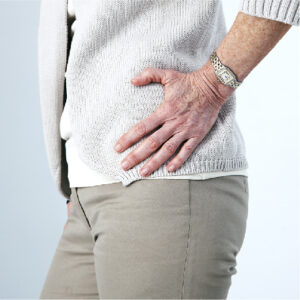Hip Pain
The Hip is one of the largest joints in our body, designed for both a wide range of movement and to be very stable. It is a ‘ball and socket’ joint, much like the shoulder, made up of a deep acetabulum (socket) and a large femoral head (ball). Unlike the shoulder joint, the hip joint is deep enough to provide good bony support. Injury, strain or degeneration to cartilage, ligaments or muscles around the hip joint are a common cause of pain
Perthes Disease
Perthes disease is a condition that affects children, between the ages of 2-16. It involves a loss of blood flow to the femoral head, resulting in the necrosis, or death, of the bone tissue.
This will cause pain around the hip, groin or even into the knee. You may notice that your child walks with a limp or is avoiding certain activities because of pain. It is critical that your child’s hip pain is assessed by a health professional in order to rule out Perthes Disease.

Labral Tear in the Hip
The hip is a very stable joint in the body. This is partially because of how deep the socket is, but also because of the labrum that surrounds the edge of the acetabulum.
The labrum creates a negative-pressure seal inside the joint and adds further depth to the socket. The labrum can be damaged or torn when placed under stress or impacted by joint movement. This can cause pain and, in certain cases, a decreased stability in the hip joint itself.

Hip Bursitis
Bursae are used all over the body as a way to reduce the friction or rubbing between various different structures in the body. They are generally a small, fluid-filled sac that is located between a tendon and a bone.
In the hip the Trochanteric Bursa is located between the gluteal tendon insertions and the greater trochanter (the bony point, on the outside of your hip). When the bursa is inflamed and irritated it can cause pain on certain hip movements.
